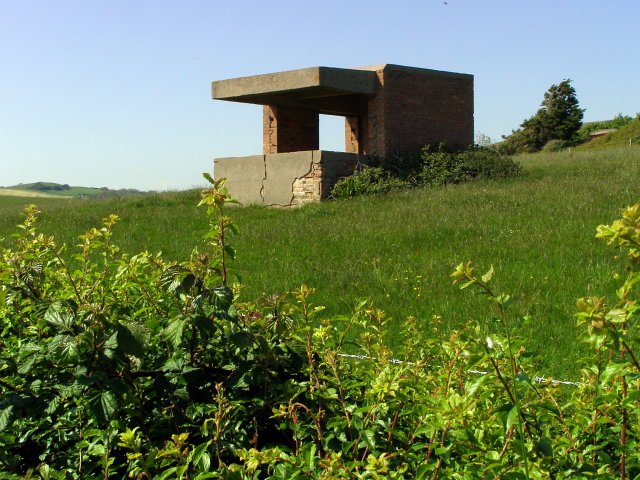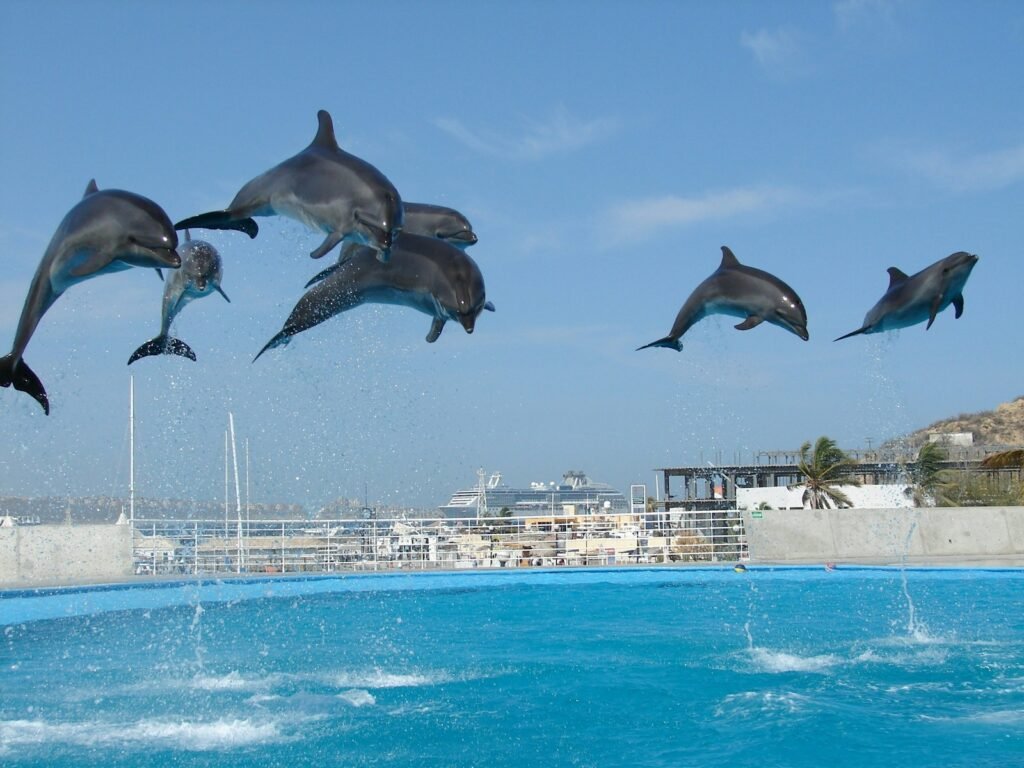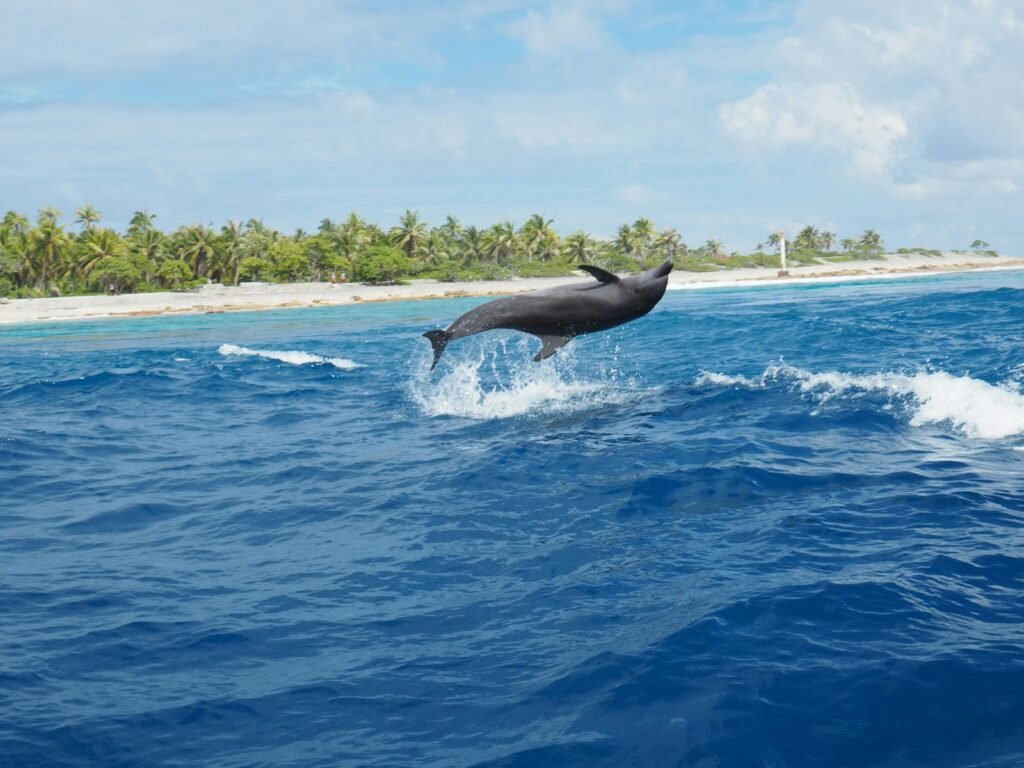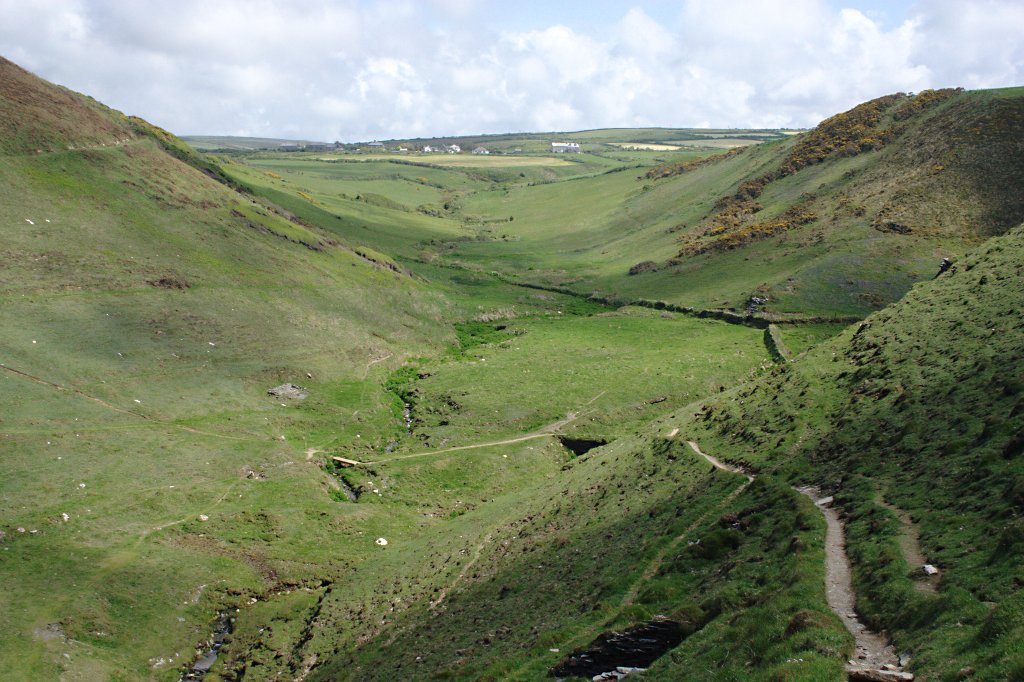Imagine a serene Japanese fishing village nestled between dramatic mountains and crystal-clear waters, where ancient traditions meet modern controversy. Taiji, a remote coastal town with fewer than 3,000 residents, has become the epicenter of one of the most heated wildlife debates of our time. Every September, this picturesque harbor transforms into a battleground between local fishermen clinging to centuries-old practices and international activists determined to stop what they call a massacre. The story of Taiji isn’t just about dolphins – it’s about culture clash, economic survival, and the complex web of relationships between humans and marine life that has been unraveling for decades.
The Ancient Roots of Taiji’s Whaling Culture

Taiji’s relationship with marine mammals dates back over 400 years, with residents refining whaling techniques ever since Wada Chūbei Yorimoto began the first commercial operations in Japan in 1606, when Wada Chūbei organized the group hunting system and introduced a new handheld harpoon. Wada Kakuemon, later known as Taiji Kakuemon, invented the whaling net technique called Amitori hō to increase the safety and efficiency of whaling, and this method was applied for more than 200 years. Whales offered enormous prosperity to the area, inspiring the saying that “one whale benefits seven villages,” and it is reported that the landing of 95 whales in 1681 yielded profits in excess of 6,000 ryo, with whaling enriching each community since behind those who were involved directly in the hunt were numerous others, including ship carpenters, blacksmiths, and meat-sellers. News of the area’s prosperity reached as far afield as distant Osaka, inspiring Ihara Saikaku to note the wealth of Taiji in his work The Eternal Storehouse of Japan. Think of it like the old American West gold rush towns, except instead of striking gold, Taiji struck whale. In ancient times, the Japanese considered whales to be manifestations of the god Ebisu, who brings riches from the seas, and people gratefully utilized the whales that occasionally washed ashore as a source of food, eventually beginning whaling themselves as a means of livelihood.
Geographic Advantages That Built a Whaling Empire

Geographical factors cannot be overlooked as one reason whaling flourished in this area, as the Kumano Sea is bordered by an intricate, deeply indented coast set against precipitous mountains, with highlands from which whales avoiding coastal areas could be quickly spotted and beaches where whales could be brought ashore being one factor in the rise of whaling here. Located near the bottom of the Kii peninsula, almost at the southernmost point of the main Japanese island of Honshu, Taiji is hemmed in by mountains and has traditionally always looked to the sea for its livelihood. More than 500 people played a variety of roles in whaling, a large and ambitious undertaking that required a truly regional effort, with those roles including lookouts who kept watch for whales from atop the area’s mountains, harpooners who attacked the whales with harpoons, and others to carry. It was like having a sophisticated early warning system combined with a specialized naval operation – nature provided the perfect theater for this maritime drama. We saw the old lookout points, once used to scour the sea for whales, where smoke would have been used to signal when a sighting had been made, with watchmen blowing smoke through a shell trumpet to signal to the whaling boats that a whale was in the area, as back then, whales not only played an important role in Taiji’s diet, but also helped the small town to prosper.
The Great Whale Tragedy That Changed Everything

The people of Taiji experienced great loss and economic hardship after an incident in 1878, when a large group of whalers were lost at sea while hunting a whale, as the whale was harpooned but was strong enough to pull the whaling boats out to sea, and refusing to cut the whale loose until it was too late, many whalers drowned or were otherwise adrift and lost at sea as a result, with around one hundred whalers dying in the course of this event. This tragedy was called Semi-nagare, an incident in which over 100 Taiji whalers were lost in the ill-timed pursuit of the only two whales they had seen in December 1878. This catastrophic event became seared into the town’s collective memory – imagine losing nearly every able-bodied man in a small community in a single day. The incident demonstrates both the courage and the desperate dependence on whaling that characterized Taiji’s relationship with the sea. After the Russo-Japanese War, Taiji’s whaling industry became buoyant again as it became a base for modern whaling, and when the practice of Antarctic whaling started, Taiji provided crews for the whaling fleet. The town’s resilience after such devastating loss speaks to the deep cultural significance of their marine traditions.
From Traditional Whaling to Modern Dolphin Hunts

In 1988, Taiji suspended commercial whaling as a result of a ruling by the International Whaling Commission, but whalers from the town of Taiji continue to hunt small whales such as melon-headed and pilot whales as well as dolphins, commercial activities which are not regulated by the International Whaling Commission. In recent years it has been dolphins, porpoises and small whales that have fallen victims to that technology, with the main reason for this being that small cetaceans are not protected by the IWC moratorium, so when commercial whaling stopped the numbers of smaller sea mammals being killed went through the roof. Taiji is the only town in Japan where drive hunting still takes place on a large scale, with the number of dolphins available for catch in FY2023 set by the Fisheries Agency being 10,920 for Japan as a whole, and the number of dolphins available for catch allocated to the Taiji dolphin drive hunt being 1824. It’s like when one door closes, another opens – but in this case, the shift from large whales to smaller dolphins created new ethical dilemmas. The Japanese government issues annual quotas for how many small cetaceans may be taken, with the total usually around 23,000 a year, though Taiji doesn’t have the biggest hunt – that honor goes to the killing of more than 15,000 Dall’s porpoises in northern Japan – but it now certainly has the most infamous.
The Drive Hunt Method: How It Actually Works

Every year from September to March, dolphin hunters find pods of dolphins and other small whales, bang on large metal poles to frighten and herd the dolphins into the cove, with the hunters netting off the area, sometimes leaving pods exhausted and trapped overnight, and once the dolphins are trapped, they are separated into groups based on their age, size, and species, selected based on whether they are heading for a life in captivity, or their life will be cut short and they will be slaughtered. The “drive hunt” method is a brutal and stressful ordeal for the dolphins, with hunters using boats to create a wall of sound, disorienting the dolphins and driving them towards the shore, and once trapped in the shallow bay, the dolphins face a grim choice: slaughter or captivity, with the process taking hours, leaving the animals exhausted and traumatized. The new primary killing method is done by cutting the spinal cord of the dolphin, a method that claims to decrease the mammal’s time to death. Picture the chaos and terror – it’s like being chased by a wall of noise into a dead-end alley where you can’t escape. There are several methods used to capture and kill dolphins during the Taiji dolphin drive hunts, with one of the most common methods being to drive a metal rod into the dolphin’s spinal cord, which causes paralysis and death, while another method involves cutting the dolphin’s throat and allowing them to bleed out.
The Economics Behind the Controversy

The hunt’s financial model has grown increasingly dependent on selling live dolphins to marine entertainment facilities, while a slaughtered dolphin yields meat worth under $1,000, a live bottlenose dolphin can fetch between $30,000 and $128,000 depending on age, sex, and appearance. The Taiji dolphin drive hunts continue because it is profitable to do so, as there are two economic drivers for these hunts. It’s not the tradition of hunting or the significance of the regional food culture that drives the hunts, it’s about profit, with meat products not only marketed regionally, but also sold as far south as Okinawa, where dolphins were hunted too until not so long ago, and Taiji is not making a fortune with the meat but with the live dolphins, who are sold for at least five-digit US dollars. Think of it like the difference between selling a used car for scrap metal versus selling a pristine vintage model to a collector – the economics are completely different. A new report shows how the tourist entertainment industry remains a key economic driver of the Taiji hunts, indirectly fuelling demand for the wild capture of live dolphins, which can fetch upto US$150,000 each. The economic incentives driving the hunt remain strong as long as marine parks continue purchasing these animals, and industry observers note that as some markets close due to regulation or changing public sentiment, hunters seek new buyers in regions with fewer restrictions.
Recent Numbers Tell a Shifting Story

The annual dolphin hunt in Taiji, Japan ended February 28, 2025, with numbers showing a shift in business strategy: fewer dolphins killed for meat but more captured alive for sale to marine entertainment venues worldwide, with the 2024/25 season seeing about 286 dolphins killed and 94 captured alive – the lowest slaughter count since formal monitoring began, but with a notable increase in live captures compared to recent years. Based on reports from activists on the ground, the hunt ended on February 28 with 94 dolphins selected to be taken captive and likely sold to marine parks and 286 slaughtered. One bit of good news – the number of dolphins slaughtered for meat this year is way down from last season, as last season resulted in 833 dolphins killed for meat, compared to this season’s total of 298 dolphins killed. The trend is like watching a business pivot its strategy – fewer killings but more valuable “inventory” being preserved alive. On-site advocates heard that dolphin hunters are concerned that climate change may be impacting the amount of plankton in the area, meaning fewer fish and fewer dolphins, with pods also altering their home ranges and migration routes due to years of being pursued in the waters of Taiji, and Dolphin Project’s work to rally the Japanese people against the slaughter could also be having an effect, as the reasons why fewer dolphins are being killed each year are complex and unclear.
The Cove Documentary: A Global Game Changer

On review aggregator website Rotten Tomatoes, The Cove has 95% approval rating based on reviews from 133 critics, with an average rating of 8.00/10, and on Metacritic, the film has an average score of 84 based on 26 reviews, indicating “universal acclaim”. The 2009 documentary film The Cove drew international attention to the hunt, and the film won the Academy Award for Best Documentary Feature in 2010. Academy Award Winner for Best Documentary Feature 2010, THE COVE follows an elite team of activists, filmmakers and free divers as they embark on a covert mission to penetrate a remote and hidden cove in Taiji, Japan, shining a light on a dark and deadly secret, utilizing state-of-the-art techniques, including hidden microphones and cameras in fake rocks, the team uncovers how this small seaside village serves as a horrifying microcosm of massive ecological crimes happening worldwide, with the result being a provocative mix of investigative journalism, eco-adventure and arresting imagery, adding up to an unforgettable story that has inspired audiences worldwide to action. The now-infamous film had an enormous impact on international public opinion regarding Japan, creating an Us vs. Them mentality, pitting environmentalists against traditionalists, and allowing no space for a dialogue to develop. Think of it as the documentary equivalent of dropping a bombshell – suddenly, this quiet fishing village became the most scrutinized place on Earth. The Cove demonstrated the potential for activist filmmaking to drive social change and reshape public opinion on contentious environmental issues.
Japan’s Cultural Defense and International Backlash

Some campaigners began to claim it had become apparent that The Cove was having an impact on the way in which Japanese fisherman normally conducted the dolphin hunt, though on March 23, 2010, the Japanese government stated: “The dolphin hunting is a part of traditional fishery of this country and it has been lawfully carried out,” and after the film won the Oscar for Best Documentary, the mayor of Taiji and the chief of the Taiji Fishery Union released a statement that said: “The hunt is performed legally and properly with the permission of Wakayama Prefecture”. In 2014, Prime Minister Shinzo Abe asked for understanding of Japanese dolphin hunting, responding to U.S. Ambassador Caroline Kennedy, saying “The dolphin hunting is an ancient practice rooted in their culture and supports their livelihood. In every country and region, there are practices and ways of living and culture that have been handed down from ancestors. Naturally, I feel that they should be respected”. Whaling at Taiji became an important industry, provided the local people with their livelihood, and then were integrated into their culture, as it is a natural response to the severe environment in which the local people lived. It argues that dolphin meat consumption in Japan was already in decline, and The Cove and subsequent Western activism has been poorly received by the local population and used by Japanese nationalists to garner support to continue the practice. It’s like when someone criticizes your family traditions at Thanksgiving dinner – the natural response is to defend them even more fiercely. They were met with a lot of aggression, accusations, and a lack of understanding, especially in connection with the release of the film The Cove – an approach that is not the best way to bring about change, as international protests and criticism have not only failed to stop the killing, but also raised resistance within Japan.
Mercury Contamination: A Hidden Health Crisis

Our investigations have shown mercury and methylmercury levels in dolphin meat samples well above the recommended limit in Japan, as dolphins can accumulate high levels of toxins like mercury in their bodies, which can be harmful to humans’ health if consumed regularly, and the World Health Organisation considers mercury to be one of the top ten chemicals of major public health concern. These samples contained mercury that is much higher than 0.4ppm – which is the amount recommended as safe for human consumption by Japanese regulations, and tests completed in 2023 by a Japanese laboratory revealed that the mercury levels in a tested dolphin meat sample sold throughout Japan were up to 265 times higher than the government recommended limit. The 2,000 ppm mercury level in dolphin meat that the film gives at one point has drawn criticism for overstating the data on the mercury poisoning hazard, as the film claims concentration of 2,000 ppm mercury in dolphin meat, but measurements taken in 2008 range from 0.11 ppm to 64.6 p




